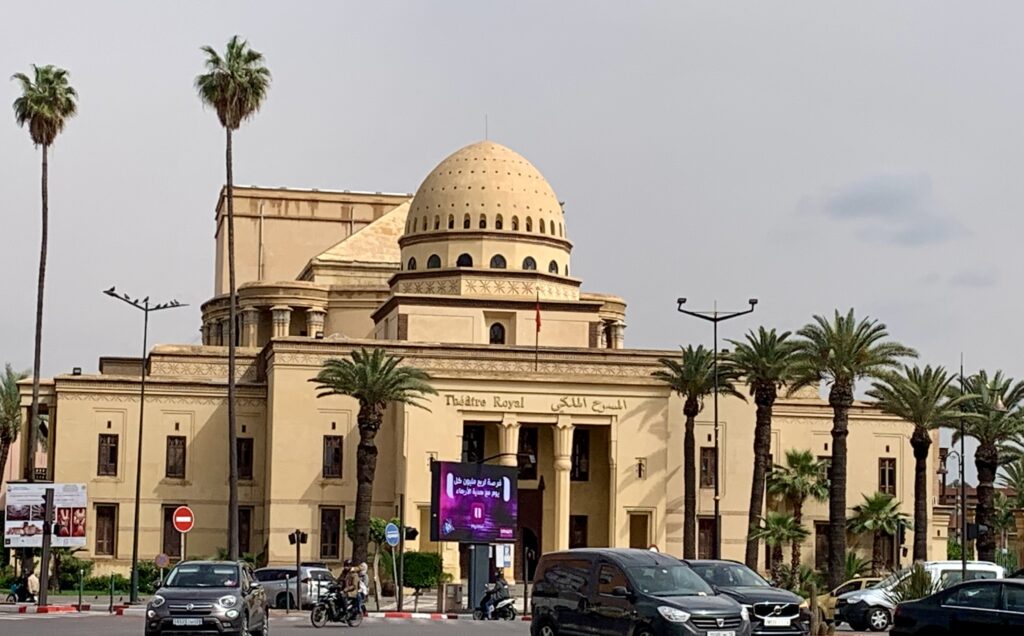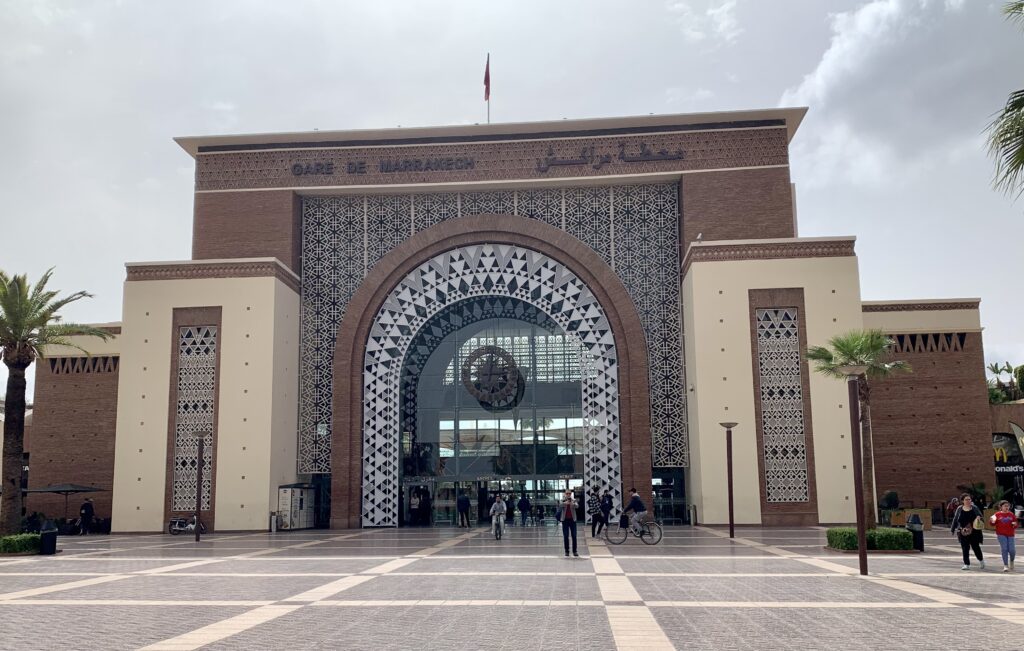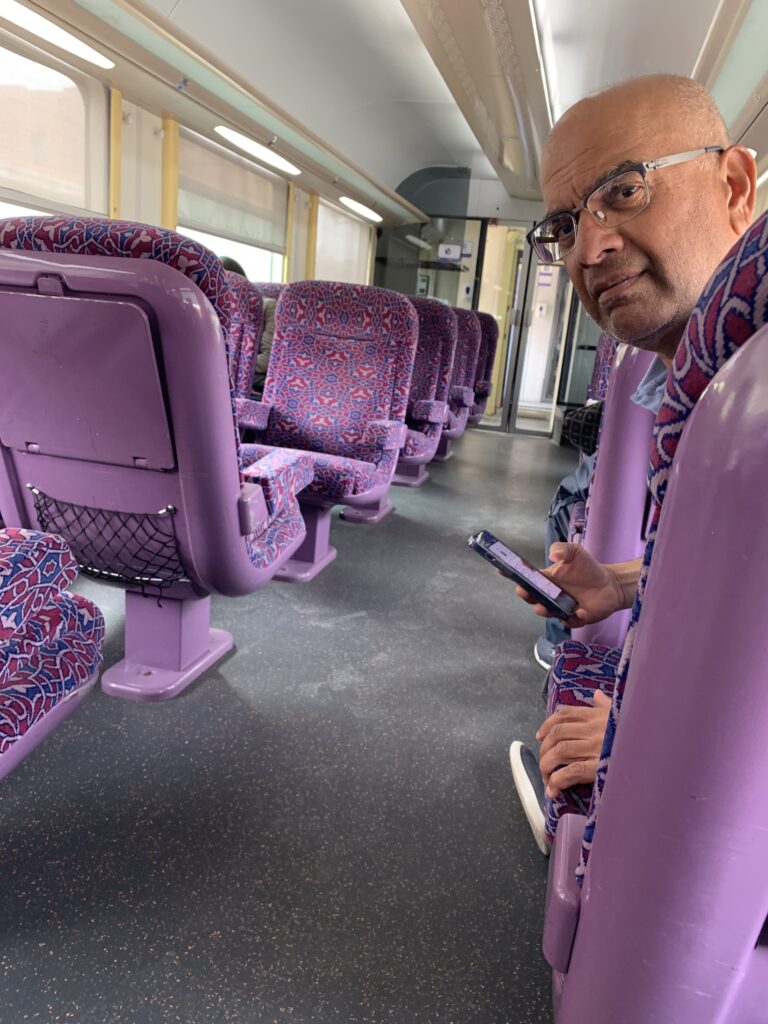We reached Marrakech late in the evening and the Riad we were booked in was not to our liking for a variety of reasons. We were able to shift to another Riad next day. Our Riad experience here was not as good as in the other places. If you have already had Riad experience in other cities, may be a good idea to stay in a hotel in Marrakesh, especially if your Riad does not offer lunch/dinner. It was a long walk from our Riad inside the medina, to get out to our vehicle.
We explored Marrakesh with a local guide, who was excellent both in terms of communication, knowledge and understanding our likes.
Koutoubia Tower/Mosque
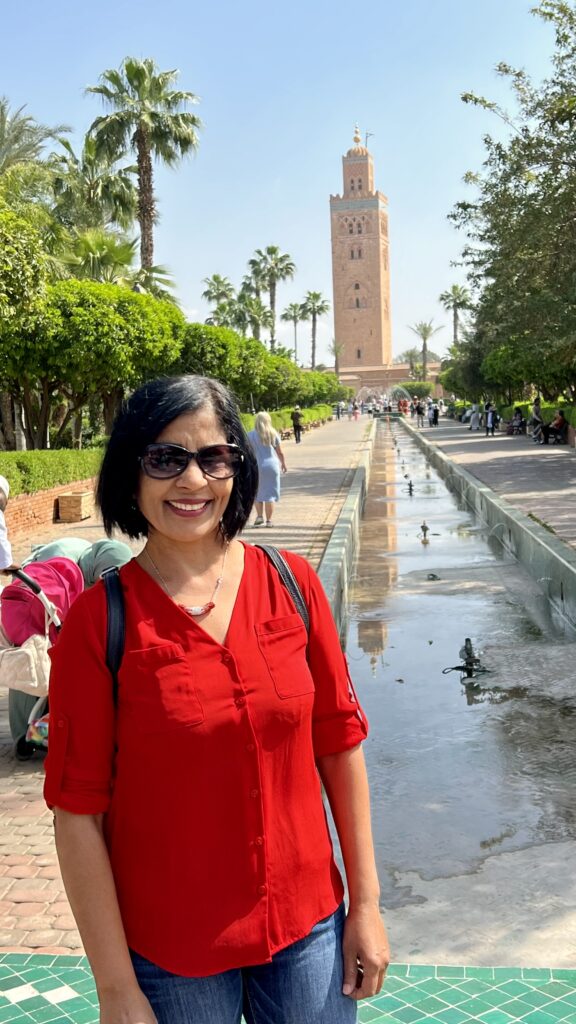
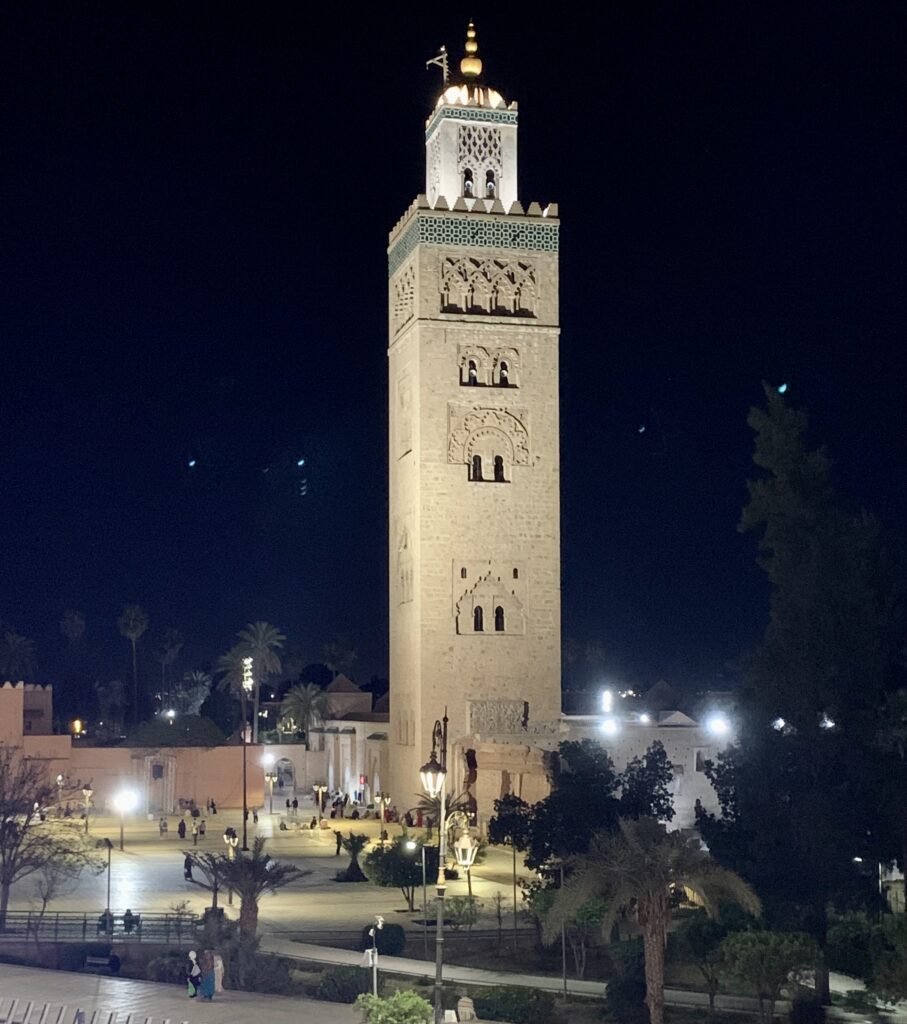
Bab Agnaou Gate and Kasbah district – Bab Agnaou Gate is an internal gate the separates the royal kasbah from the rest of the city. It was built in the 12th century and Agnaou translates to ‘mute’
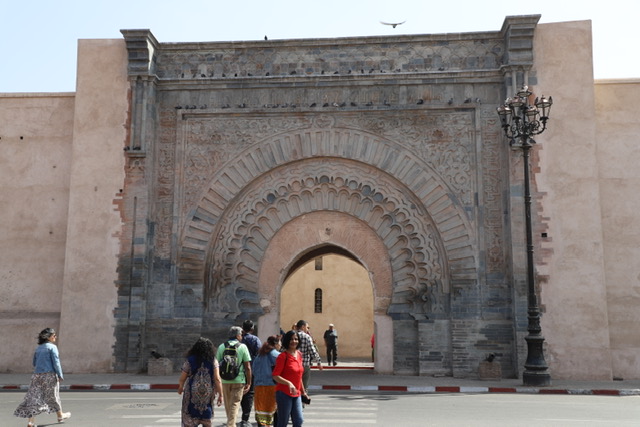
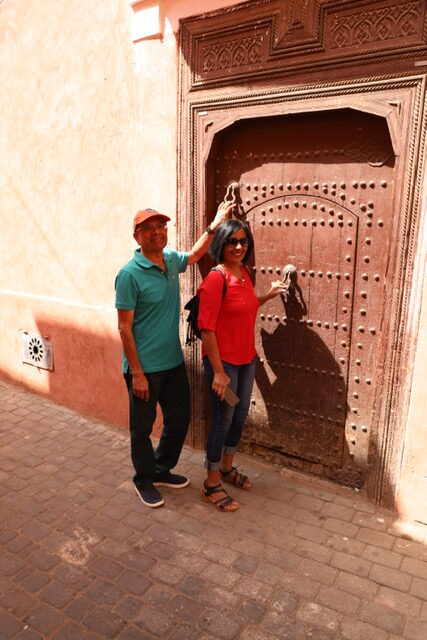
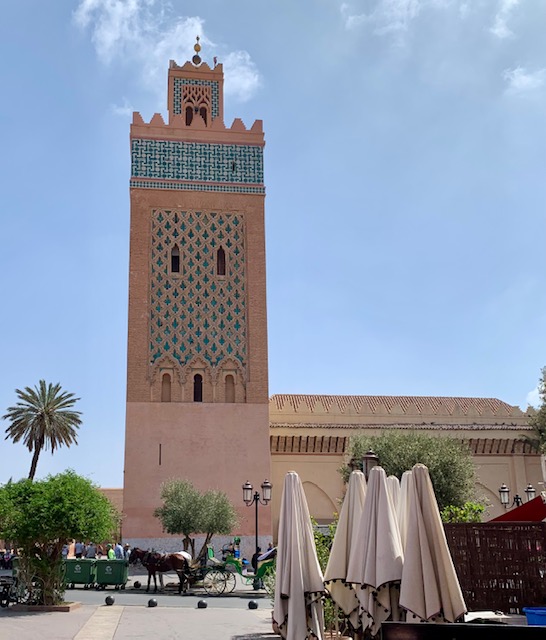
Bahia Palace – Bahia Palace was built in the 1860’s by Si Moussa, the powerful Grand Vizier of Sultan Hassan I of Morocco. His intention was to build the greatest palace of its time, a goal that only began to come close to fruition when his son took control of the palace in 1894. Si Moussa’s son, Ahmed ben Moussa (also known as Ba Ahmed), served as Grand Vizier and as regent of Morocco during the reign of the child Sultan Abd al-Aziz. He expanded upon the existing palace, bringing in the renowned architect Mohammed al-Makki and some of the finest craftsmen in the country to create the palace we see today. He also built rooms to house his four wives and 24 concubines.
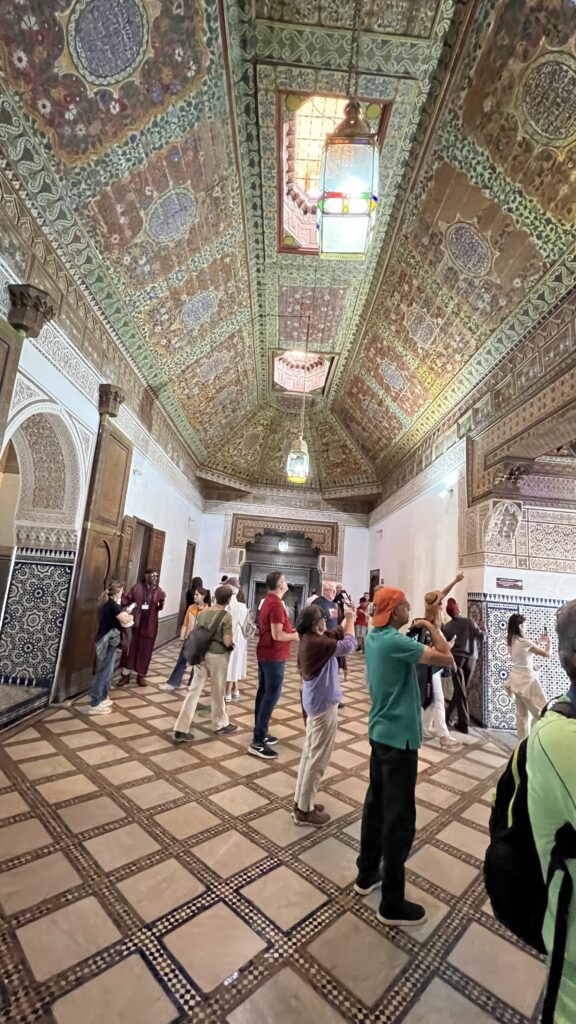
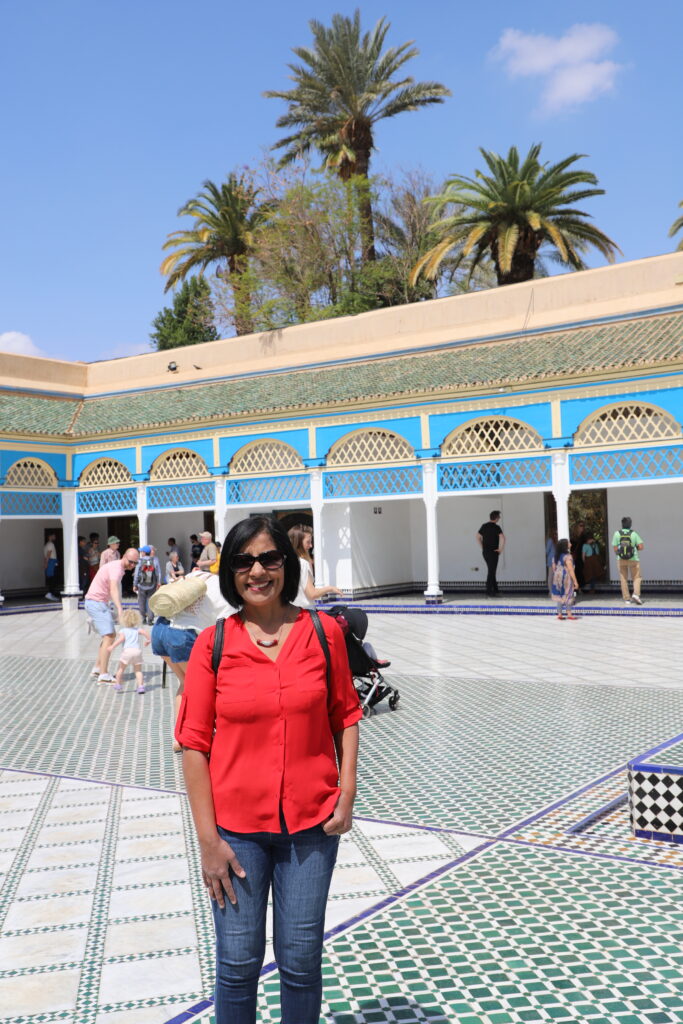
Ben Youssef Madrasa – Founded during the 14th century, it was the largest and most important Islamic college during that period. It had over 130 rooms and housed over 900 students. The building was closed down in 1960 and refurbished and opened to public as a historical site in 1982.
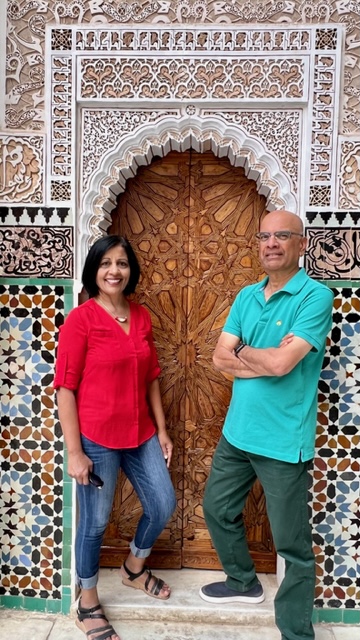
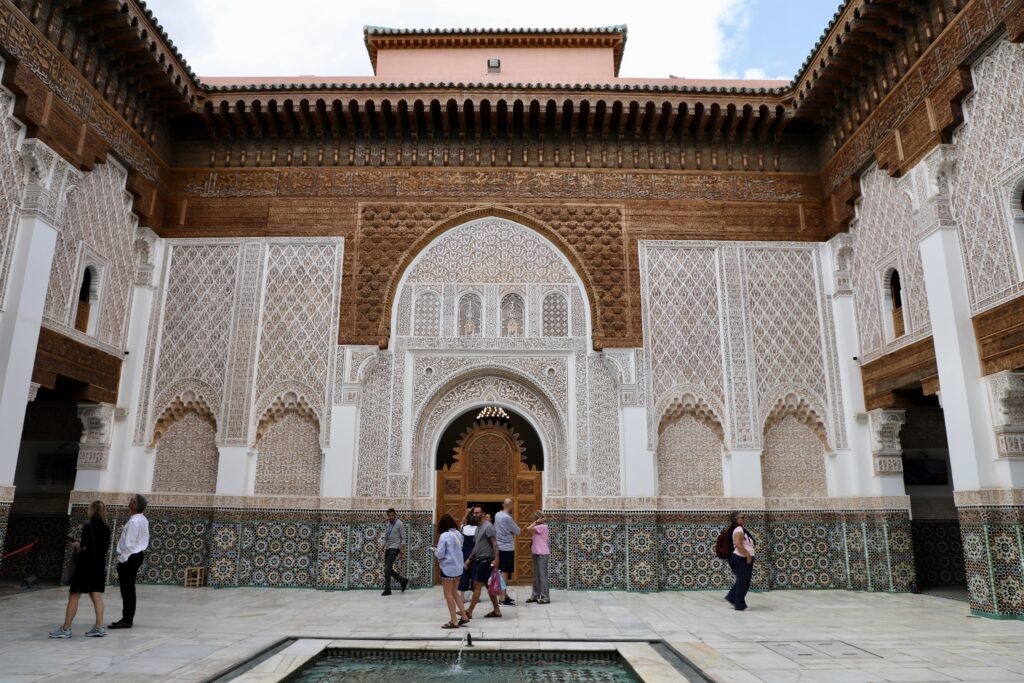
Majorelle Gardens – A beautiful botanical garden with a ton of places for photo ops. There is a whole area devoted to Cacti specimen in the garden.
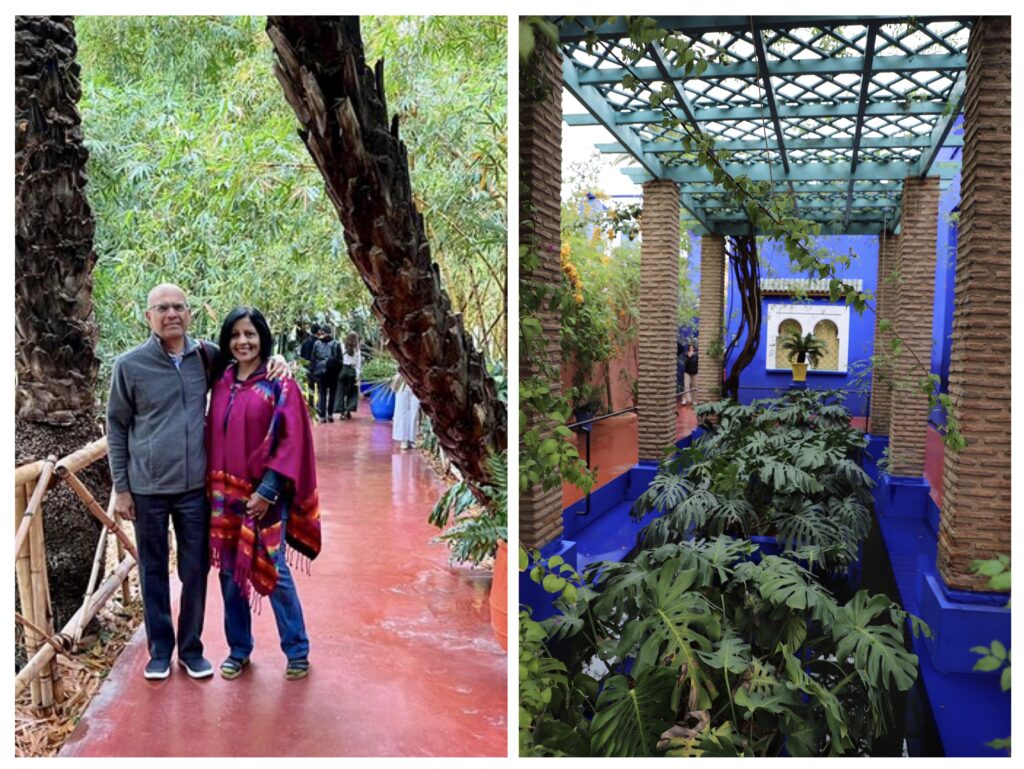
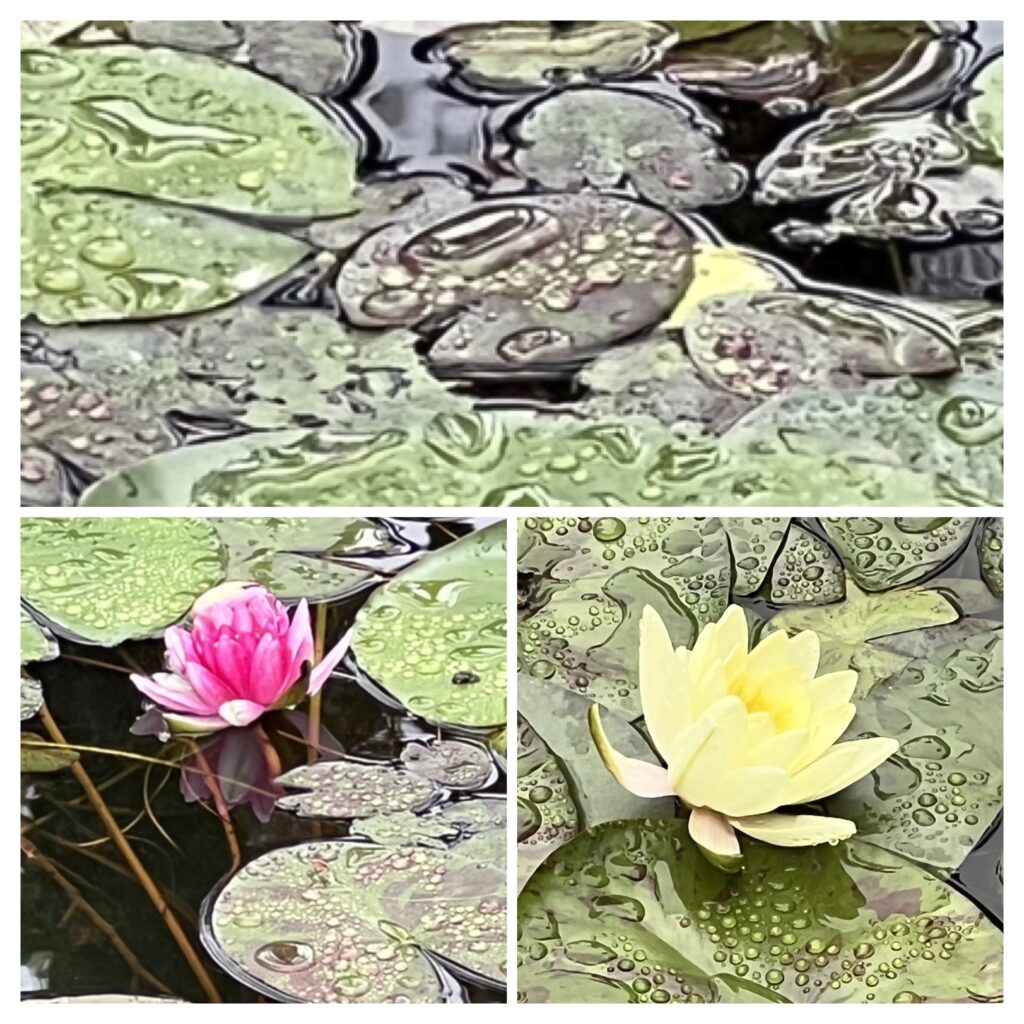
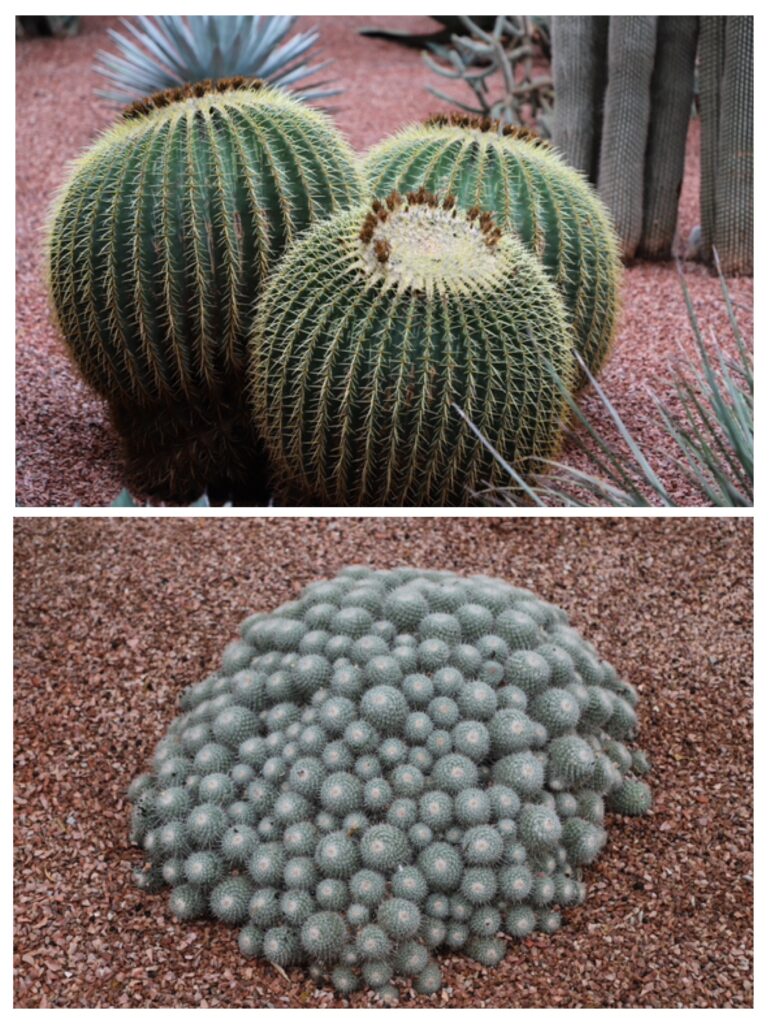

Marrakesh was our final site-seeing destination in Morocco. We took a train from Marrakesh to Casablanca airport. The Marrakesh train station is a beautiful modern building with restaurants, cafes and shops. Its worth a quick look if you are nearby. Train ride was comfortable and about 3 hrs long.
Across the road from the railway station is the beautiful Royal theater building which opened in 2001 and the architecture is an amalgam of Arabic and contemporary design.
